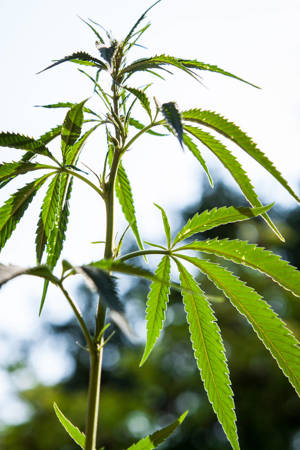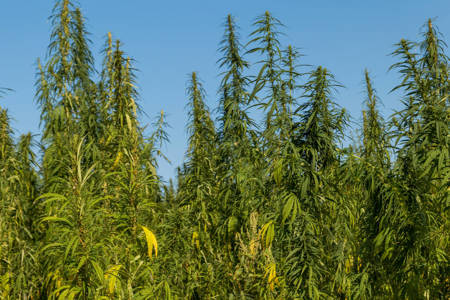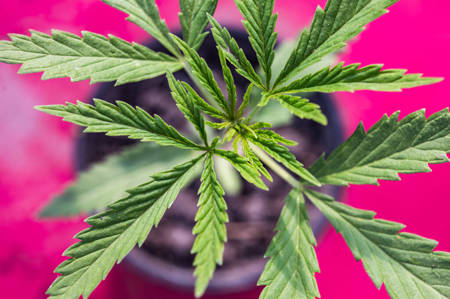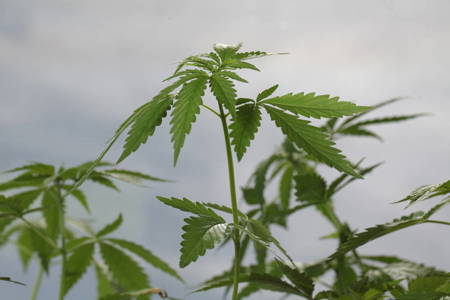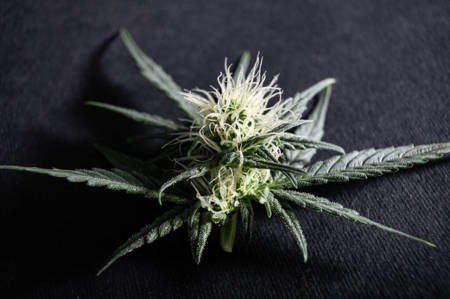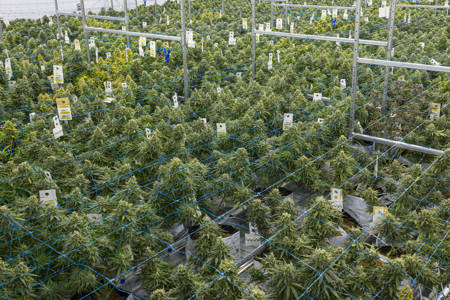The World of Cannabis Dataset: A Comprehensive Resource for Cannabis Enthusiasts and Industry Experts
| Total images | : 6,188 |
| Type | : organic |
| Category | : Subjects |
| Resolution | : Up to 1024px |
| Storage size | : Up to 807 Mb |
| File format | : JPEG |
Embark on a journey through "The World of Cannabis," a comprehensive and captivating dataset that explores the vast landscape of this extraordinary plant. With an extensive collection of information, this dataset unveils the diverse facets of cannabis, including its history, cultivation techniques, medicinal properties, strains, consumption methods, and regulatory frameworks.
Every image within our dataset is completely legally clean, obtained through a rigorous process that ensures respect for intellectual property rights.
Delve into the rich tapestry of cannabis culture and discover invaluable insights to fuel your research, business endeavors, or personal curiosity. Whether you're a scientist, entrepreneur, healthcare professional, or simply a passionate advocate, "The World of Cannabis" dataset provides a trove of knowledge to empower your understanding and decision-making.
With meticulous data collection, meticulousness, and expert curation, this dataset offers a reliable resource that reflects the evolving cannabis industry. From cannabinoid profiles and terpene analyses to market trends and consumer preferences, "The World of Cannabis" is your gateway to unlocking the potential of this remarkable plant.
Embrace the green revolution and leverage the power of "The World of Cannabis" dataset to navigate the ever-expanding universe of cannabis with confidence and authority. Unleash the possibilities and explore new horizons in this thriving industry with this invaluable resource at your fingertips.
The World of Cannabis Dataset offers a wide range of applications across diverse fields:
1. Object Detection and Image Recognition: This is one of the most common uses of tagged image datasets. Machine learning models can be trained to identify and classify objects within an image based on their tags. This is used in a variety of fields, from autonomous vehicles (detecting pedestrians, other cars, traffic signs) to medical imaging (identifying tumors, blood vessels, etc.).
2. Image Search Engines: Comprehensive tags can improve the accuracy and relevance of image search results. Search engines use these tags to understand the content of an image and match it to a user's query.
3. Content Filtering: Tagged image datasets can help in filtering inappropriate or irrelevant content in social media platforms or any user-generated content platform. Machine learning models can be trained to recognize and filter out such content based on the tags.
4. Augmented Reality (AR) and Virtual Reality (VR): AR and VR applications can use tagged image datasets to recognize real-world objects and superimpose virtual information or objects onto them.
5. Agriculture: Tagged image datasets can help in identifying plant diseases, pest infestations, or assessing crop health.
6.. Accessibility: For visually impaired individuals, tagged images can help generate descriptive alt-texts to improve their web browsing experience.
Environment: Commercial stock
Angle: Random
Augmentation: None
AR: Various
ACCURACY
This dataset contains a tolerance margin of 10% to 15% of associated images which might not reflect 100% accuracy in the metadata or image. As example for the error margin: a cigarette might appear due to its association to Cannabis. The maximum resolution of each image might vary. All metadata in this dataset had been created manually and might contain a low margin of error.
METADATA
All descriptive metadata had been created manually. The metadata is based on descriptive image elements as well as conceptual and contextual keywords describing the situation.
The metadata is comprehensive following natural language keyword guides and is not standardized for a specific data paradigm.
We deliver the metadata in the following file formats:
- CSV spreadsheet
- JSON metadata file
- Txt2Img pairs
- TSV
128px
$49
256px
$199
512px
$259
1024px
$349
Sample images in this dataset


